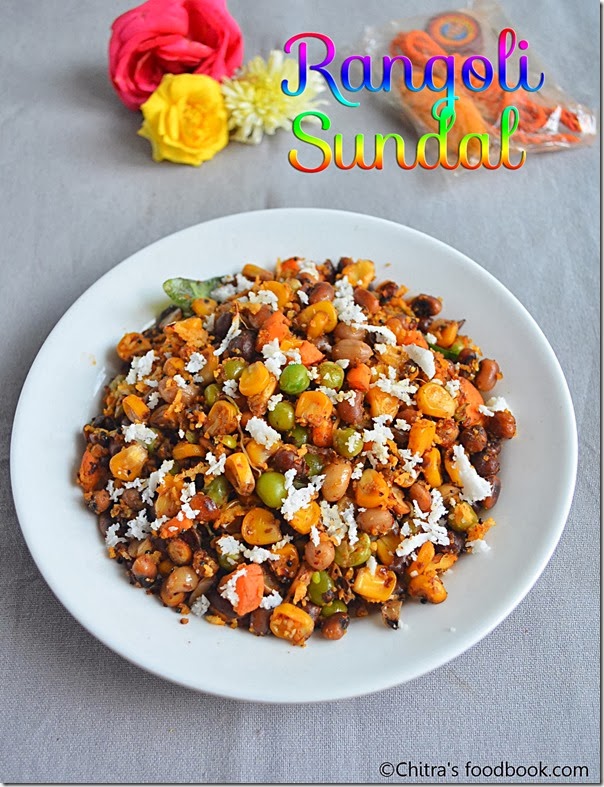Every year during Varalakshmi Vratham, I post some Andhra special recipes. So today’s post is an Andhra style sundal recipe which is called as guggillu in Telugu. Here I have used brown chana / black chana ( Sengalau in Telugu, Chickpeas in English) to make this sundal for varalakshmi pooja vrat and neivedyam. You can use white chickpeas / kabuli chana to prepare this dish. It is also prepared in most of the temples and served as prasadam. In Telugu, chana sundal recipe is called as Senaga Guggillu. Its not only a healthy and simple recipe but tastes delicious. In Tamilnadu, we call this as karuppu konda kadalai sundal. Both the recipes are almost similar in preparation with slight variations in ingredients. Friends, do check out the Senaga guggillu recipe with step by step pictures and prepare this for Varalakshmi Vratham festival tomorrow.
Check out my other Sundal varieties too !
Check out my Varalakshmi Vratham recipes collection.

Check out my other Sundal varieties too !
Check out my Varalakshmi Vratham recipes collection.
Black chana sundal / Senaga Gugillu Recipe

Brown chana / Black chana / Kala Chana sundal / Senaga Guggillu in Telugu for Varalakshmi pooja prasadam. Its an Andhra style recipe.
Cuisine: Andhra
Category: Snack
Serves: 4
Prep time: 10 Hours
Cook time: 20 Minutes
Total time: 10H 20 Minutes
INGREDIENTS
1 cup = 240ml
|
HOW TO MAKE SENAGA GUGGILLU / BROWN CHANA SUNDAL
- Wash and soak chana/ chickpeas overnight or for minimum 6 hours.
- In a pressure cooker, cook the chana adding required water.
- Cook in low flame for 2 whistles. Open the cooker, drain the excess water.
- Heat oil in a kadai. Temper mustard seeds, urad dal, chana dal, red chilli, green chilli, curry leaves and hing.
- Add cooked chana, turmeric powder, required salt and mix well. Boil for few minutes.
- Lastly add the grated coconut, chopped coriander leaves and mix well.
- Cook for a minute and remove in a plate. Offer to God and serve as prasadam.
METHOD - STEP BY STEP PICTURES
Note
|
Andhra style brown chana sundal recipe is ready to relish !
Technorati Tags: brown chana sundal telugu,Kabuli chana in Telugu,guggillu recipe,kala chana sundal,guggillu,senagalu recipes,black chana sundal,brown chana sundal,senaga guggillu sundal,senagalu guggillu,andhra chana sundal,black chana sundal pesara guggillu recipe senagalu in telugu gurram guggillu

















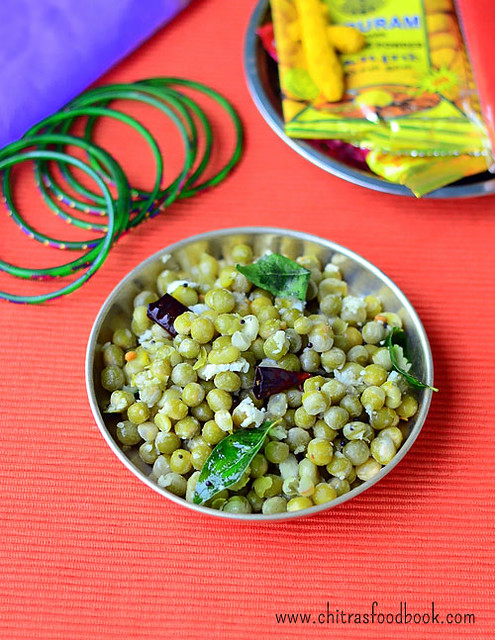
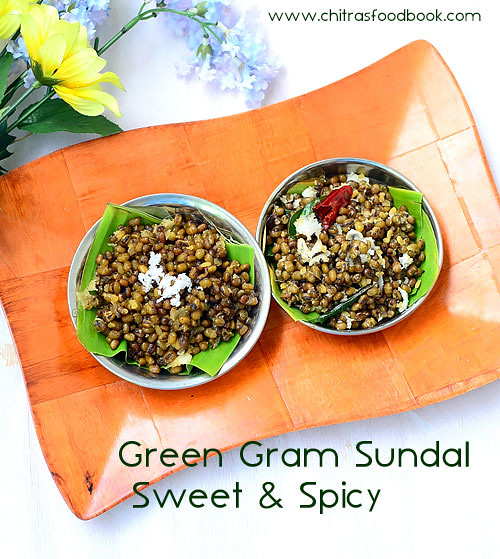
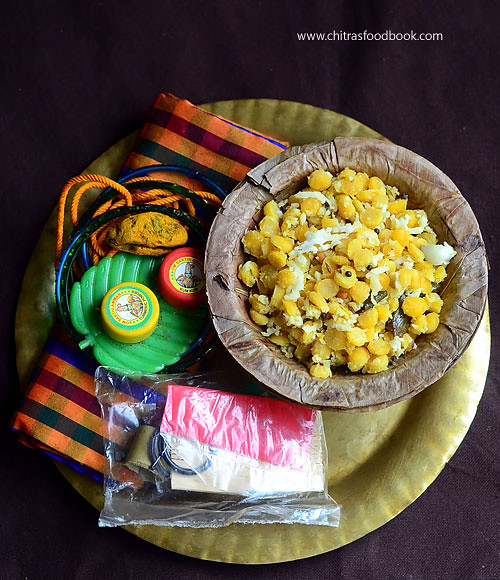

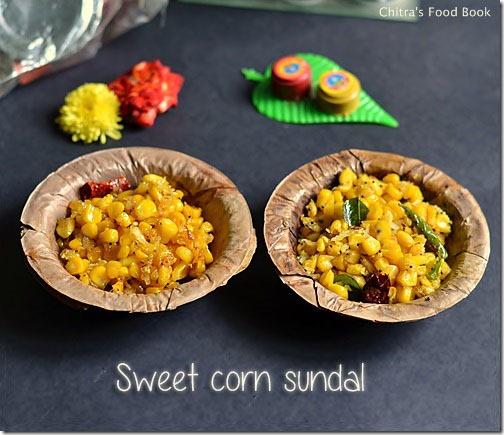

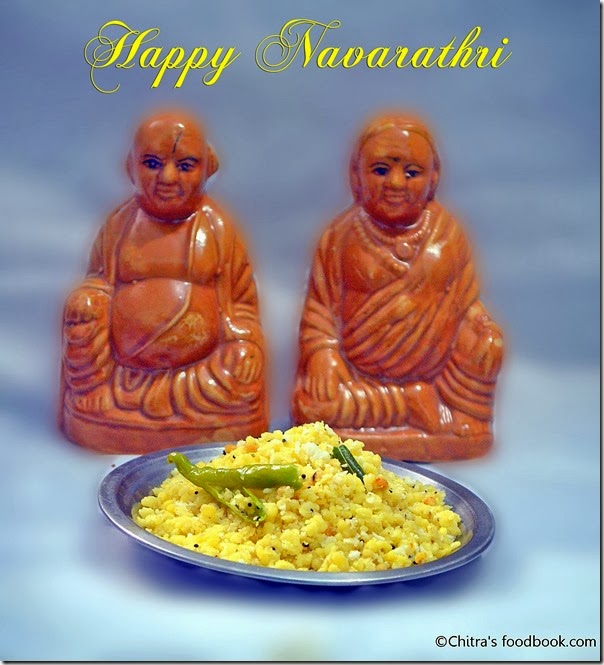
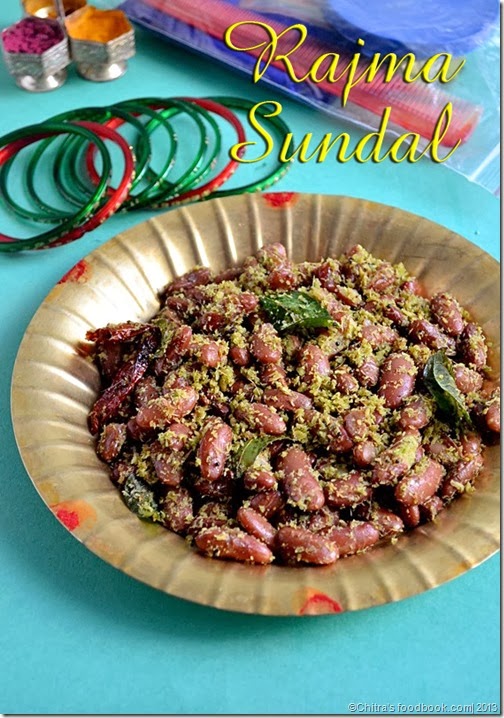
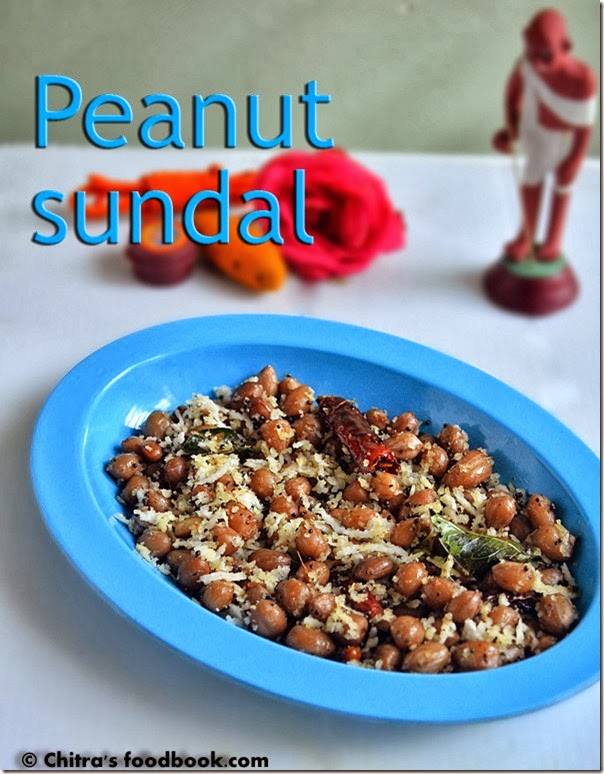
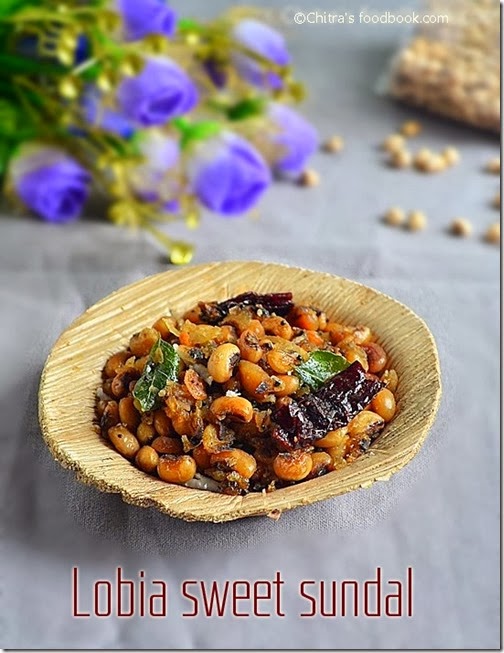
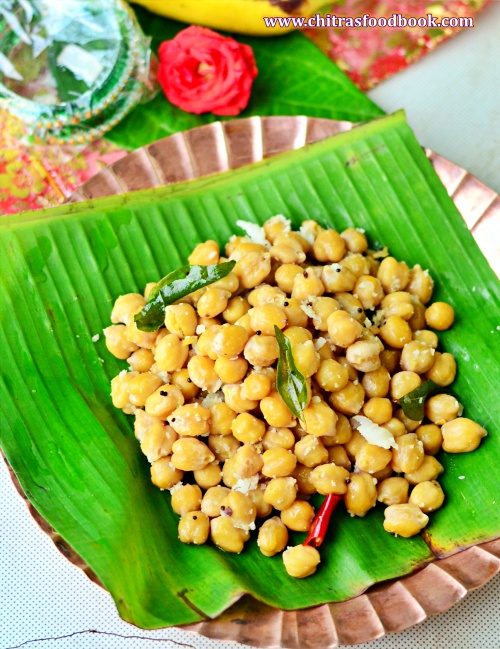
.jpg)
